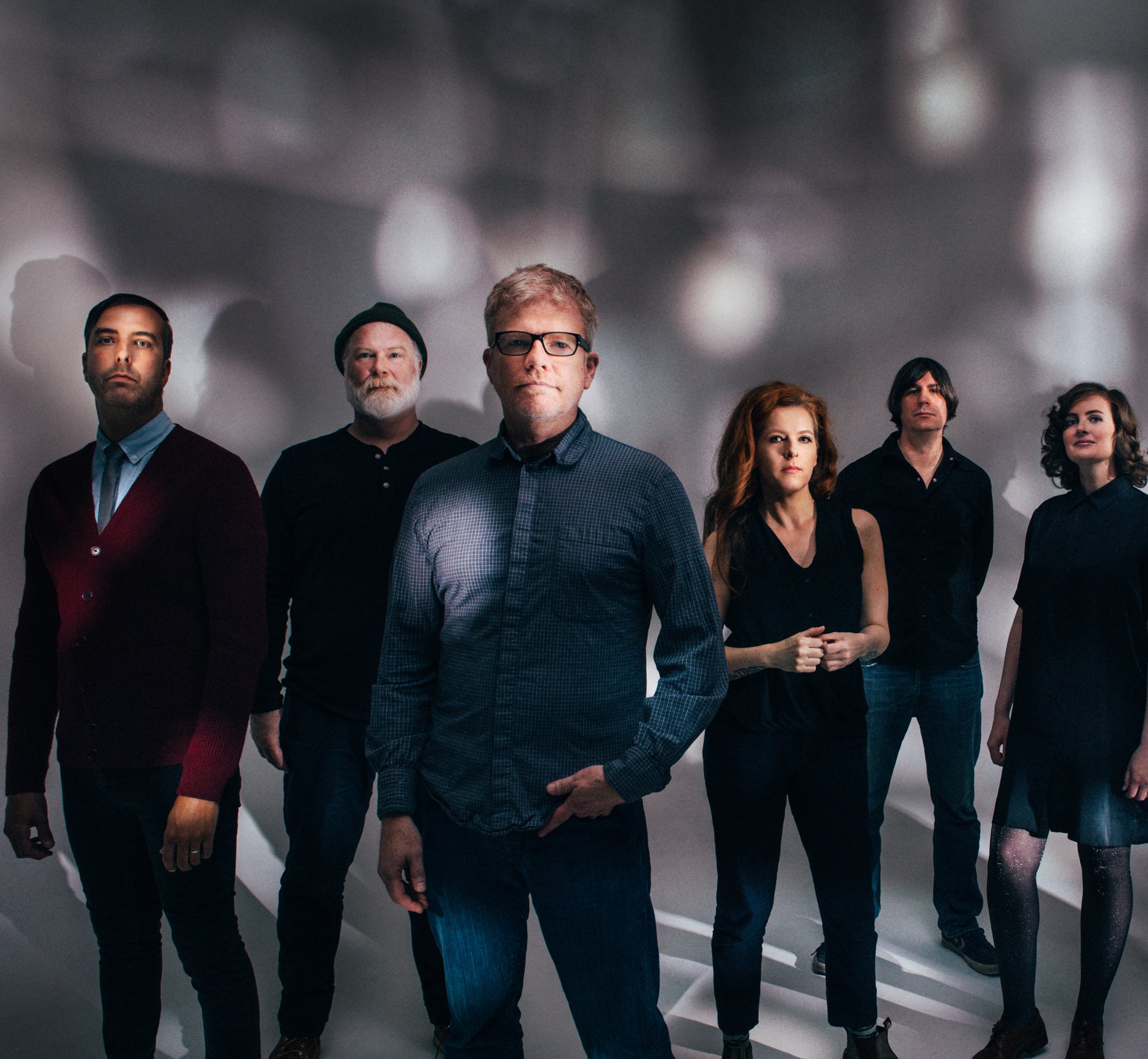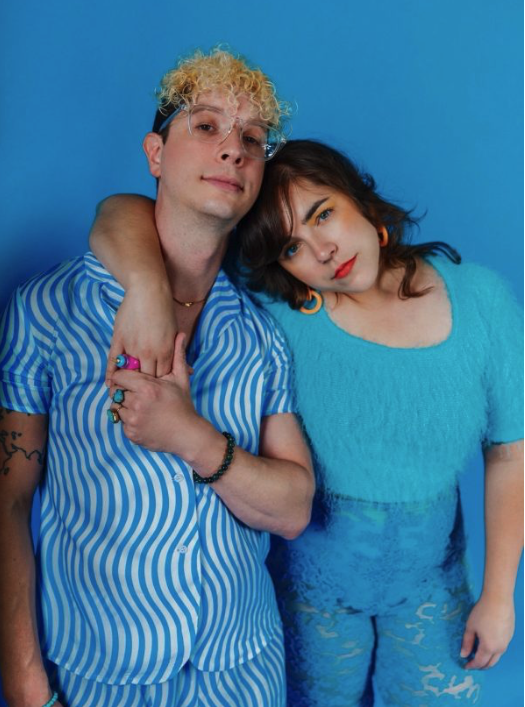Mahayla By Any Other Name ...

Dave Fera can't stop writing songs. This time he's inspired again by his first New Orleans band, Mahayla.
A Farfisa organ plays a circus melody behind an aggressively strummed acoustic guitar as Dave Fera and Yanti Turang sing, “I was a tosser / I nearly lost her” to open “Bestie,” the lead track on Mahayla’s new album, electricspaceagesweetheart. Like so many of his songs, “Bestie” is a bit of a highwire trick as it flirts with silly, ephemeral pop, but lines scattered through the song give it subtle gravity, and the hook obliterates the wince reflex the title tickles. It’s bouncy with roots in British pop, but there’s nothing fey or posed in the performance. He sings every word with the earnestness of a valedictory address, which only adds to its musical richness.
Mahayla plays a CD-release party at Gasa Gasa Saturday night, and it’s the culmination of his resurrection of the band name he used in the early 2000s. Then, a Mahayla show could go a number of directions. You could get a night of Neil Young-like riff-based songs, or an evening of songs influenced by Teenage Fanclub and Billy Bragg, or a folk night better suited to the Neutral Grounds Coffee House. As a result, loving Mahayla required patience since you couldn’t anticipate what you were going to get. Or, you might get all of them in a night, which was a different kind of frustrating.
The saving grace was that Fera could write well in each of those styles, so the songs were always good. He has always written songs quickly and well, and that led to his dissatisfaction with his label when his first major band, The Seymores, cut three albums in the mid-1990s. They were signed after their third show, which was at an indie rock festival that also featured Superchunk, Polvo, and Archers of Loaf. But everything took too long for Fera.
“The worst thing about The Seymores was we had all this energy and all these songs and we couldn’t put them out,” he says. “The label slowed things down. The industry just creeps along.”
His writing continues to border on compulsive. “Since January, I’ve written three albums,” he says. “I wrote three songs last week.”
That kind of productivity led to Mahayla’s musical schizophrenia, which was mitigated a bit when he started a second band, Big Blue Marble, as an outlet for his more country-oriented material. Big Blue Marble was inspired by Fairport Convention, and was a vehicle for his songs as well as those of Blair Gimma and keyboard player Adam Campagna. When Gimma moved on, “it turned into an indie rock band,” Fera says. It released two very good albums - Stars in Suburbia and Natchez - and their sound is a logical extension of Fera’s writing with The Seymores. “It evolved into what Mahayla is,” he says.
But by the end of a period of playing songs from Natchez, Fera experienced a rare lull in writing. “I felt like I was out of gas. I just couldn’t do it anymore.” He laid low really for the first time since he started playing as a teenager. But midway through last, long-time Mahayla drummer and Tipitina’s doorman Mark Davis said, “We’re playing again.”
Fera quietly assembled a new version of Mahayla made up largely of people who were in the band’s orbit if not actual members the first time he used that band name, and he added Turang to do justice to his new songs.
“I wrote a lot that are back and forth like ‘Islands in the Stream’,” he says, but that’s more of a stylistic tic than a new direction. electricspaceagesweetheart is of a piece with Big Blue Marble albums. “It’s just my music,” Fera says, but it’s also a reminder of how expressive his songs can be. His hushed delivery of “Silence Equals Power” gives it real intimacy, while Fera’s enthusiastic bark makes “Wilderness” exhilarating. Not surprisingly considering the songs, he wants to do more than play gigs around the city. “I’ve reached a point where I feel like my music’s going to do something; I have that feeling,” Fera says. “I don’t know why.” To that end, he has hired a PR firm to help get the word out nationally, and he’s buying a new van to get the music on the road. “I’m going full-on. It’s hard keeping dedicated musicians, but we’ve got a good crew.”
Events, however, rarely work exactly as he’d like. Though Fera has been aiming at spring to reintroduce Mahayla to the world, the band opened for The Breeders at One Eyed Jacks last December, and the other members of The Seymores decided they wanted to come to New Orleans and play a reunion gig in January at The Circle Bar. That gave Fera an occasion to revisit old songs and who he once was. “It takes me back to where I was when I wrote them,” he says. “The first album is pretty simple stuff.”
Now, he has other obligations out of the way and the only obstacle he faces is himself and his relentless writing. He can’t help but plan another side project, The Grasshoppers, and has an album’s worth of songs that he describes as a cross between The Velvet Underground and Appalachian folk music - “‘60s rock with banjo and fiddle.”
But that’s for another day. Today he’s glad to be performing with Turang, Davis, Ike Aguilar and Chris Johnson as Mahayla. “Mahayla feels like a new vehicle; it feels fresh.”






